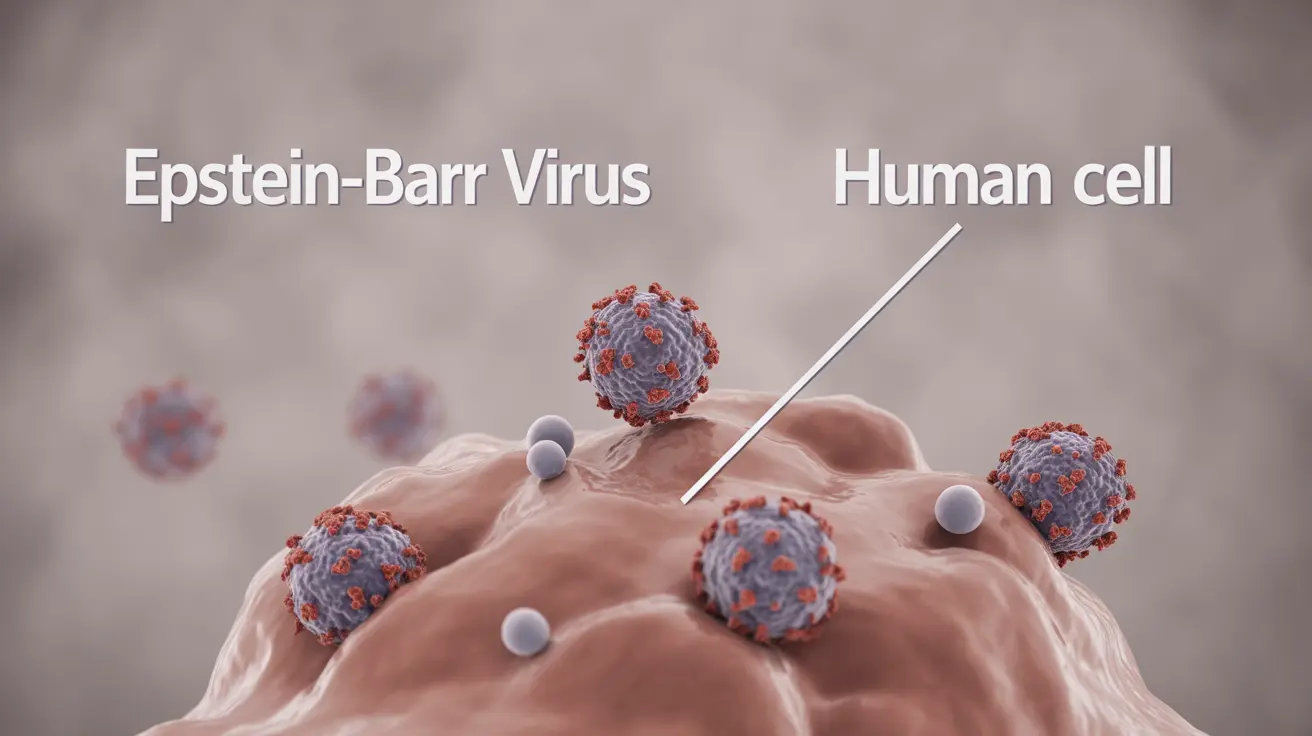Epstein-Barr virus (EBV) is one of the most common human viruses worldwide, affecting millions of people. While most individuals experience a relatively mild infection that resolves on its own, understanding the potential impact on life expectancy and long-term health outcomes is crucial for both patients and healthcare providers.
This comprehensive guide explores how EBV affects life expectancy in different scenarios, from standard infections to more serious chronic cases, and discusses available treatments and management strategies.
Standard EBV Infection and Life Expectancy
For the vast majority of people, a standard EBV infection does not significantly impact life expectancy. The virus typically causes mononucleosis ("mono") in adolescents and young adults, with symptoms resolving within 2-4 weeks. After the initial infection, the virus remains dormant in the body but usually doesn't cause further problems in healthy individuals.
Understanding Chronic Active EBV (CAEBV)
Chronic Active Epstein-Barr Virus (CAEBV) is a rare but serious condition that can significantly affect life expectancy if left untreated. This condition occurs when the immune system fails to control the virus effectively, leading to persistent active infection.
Risk Factors for CAEBV Development
Several factors can increase the risk of developing CAEBV:
- Genetic predisposition
- Compromised immune system
- Certain ethnic backgrounds (more common in East Asian populations)
- Previous severe EBV infection
Warning Signs and Complications
Early recognition of serious EBV complications is crucial for improving outcomes. Key warning signs include:
- Persistent fever lasting more than two weeks
- Severe fatigue that doesn't improve
- Enlarged lymph nodes that don't resolve
- Abnormal liver function tests
- Recurring symptoms after initial improvement
Treatment Options and Survival Rates
Treatment approaches for severe EBV infections vary based on the presentation and complications. Current options include:
- Antiviral medications
- Immunosuppressive therapy
- Stem cell transplantation in severe cases
- Supportive care measures
Early intervention with appropriate treatment can significantly improve survival rates, particularly in cases of CAEBV.
Managing EBV Reactivation
For individuals with weakened immune systems, EBV reactivation poses additional health risks. Regular monitoring and preventive measures are essential, especially for:
- Organ transplant recipients
- HIV/AIDS patients
- Those undergoing chemotherapy
- Individuals with autoimmune conditions
Frequently Asked Questions
What is the typical life expectancy for someone infected with Epstein-Barr virus (EBV)? Most people with standard EBV infections have a normal life expectancy. The initial infection typically resolves completely within a few weeks to months, with no long-term impact on lifespan.
How does chronic active Epstein-Barr virus (CAEBV) affect life expectancy compared to a standard EBV infection? CAEBV can significantly reduce life expectancy if not properly treated. Without appropriate intervention, severe cases may progress rapidly, but with modern treatments and early diagnosis, many patients can achieve better outcomes.
What are the signs that chronic active EBV infection is reducing life expectancy and requires urgent treatment? Key warning signs include persistent high fever, severe fatigue, enlarged lymph nodes that don't improve, recurring symptoms, and abnormal blood test results. These symptoms warrant immediate medical attention.
What treatments are available to improve survival rates in chronic active EBV infection? Treatment options include antiviral medications, immunosuppressive therapy, and stem cell transplantation in severe cases. The choice of treatment depends on the severity and specific complications present.
Can EBV reactivation later in life impact health and lifespan, especially in people with weakened immune systems? Yes, EBV reactivation can pose serious health risks for immunocompromised individuals. Regular monitoring and preventive measures are essential for these patients to maintain their health and longevity.




